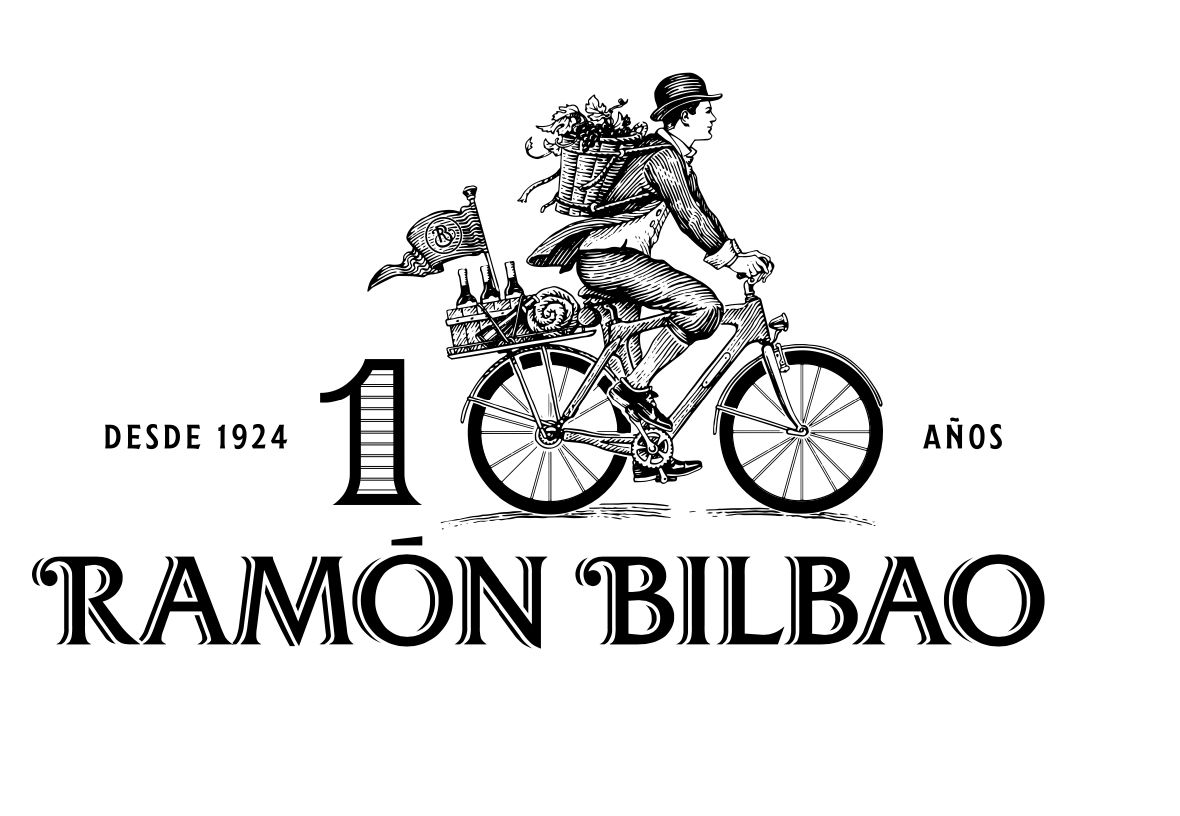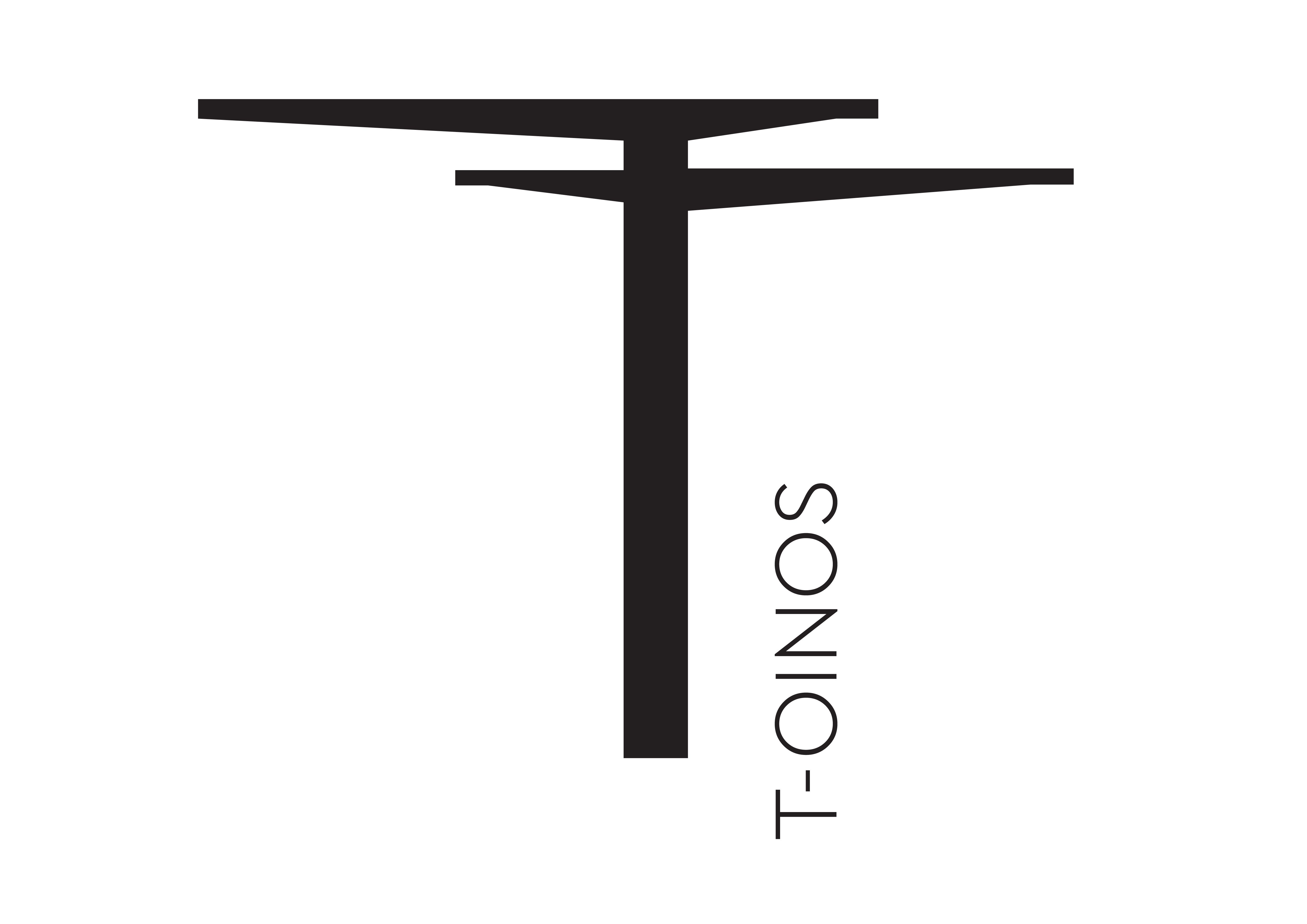As the UK stumbles ever closer, and seemingly even more divided about what it wants from its exit from the EU, trade deals around the world are promoting and demoting how important and relevant different countries are when it comes to global trading.
One of the more common recurring dreams is the one where no matter how hard you try, you feel stuck and can’t get to where you want to go. Be it running down a street, or clambering over a whole series of obstacles that keep being put in our way. You can never reach your destination.
Now you probably don’t need to spend vast sums of money to have that analysed by a psychiatrist, or read up on your Freud, to find out you are probably going through a bad period of stress or are in a life situation where you feel powerless by its outcome.
Which for those of us involved in the day to day producing, selling, buying and distribution of wine and drinks around the world is probably a dream we all know very well. Particularly when there are so many global and local political and economic factors that dictate completely how we operate, but are equally completely out of our control.
No matter what steps the drinks and wine industry put in place to make world trading easier and more efficient there are always stumbling blocks being put in the way to make it more complicated.
There are the major external economic factors that influence the strength or weakness of currency rates that ultimately dictate how much we can buy and sell our wine and spirits for. You only have to step into the murky world of Brexit to see how difficult, if not impossible it is to plan with any certainty where a particular currency exchange is going to be six or nine months from now.
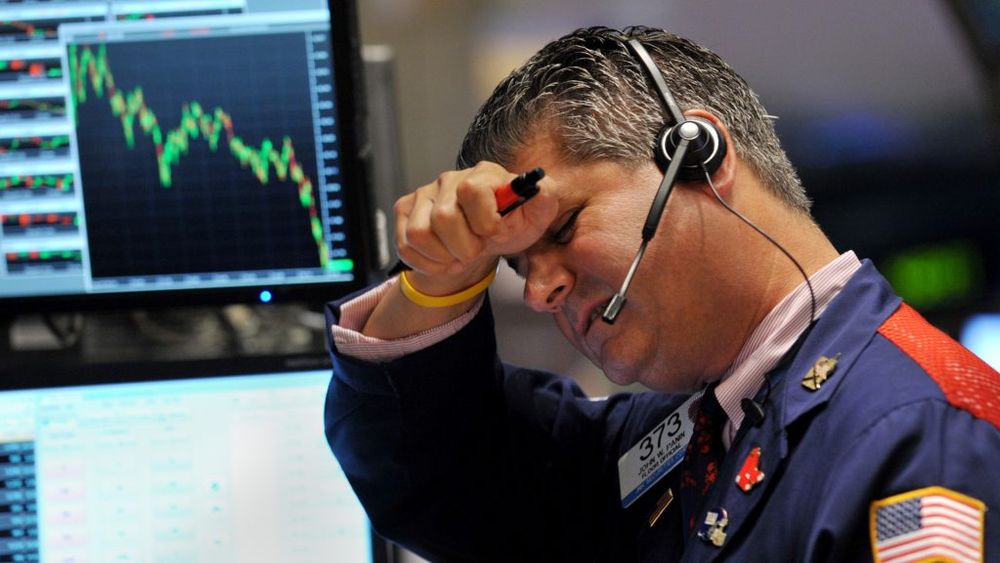
It’s increasingly difficult for buyers of all sizes to be able to plan their trading strategy when currency rates are so volatile
Then there are the direct factors that influence the buying and selling of wine and spirits. Chiefly driven by adverse weather conditions that result in smaller harvests of grapes, wheat, and barley and the subsequent shifts in their respective prices.
But whilst we have no control over the weather it still gives buyers, retailers and operators the freedom to switch supply and buy from whichever country it is the most economic to do so.
Out of control
What we can’t control is then how easy it is to actually trade because of customs disputes, strikes at ports, and now increasingly the whims and ways of President Donald Trump that has put trading and tariffs back on top of the world agenda.
It seems his mission to make “America Great Again” by ensuring any trade deal it has with the rest of the world is “fair” through the eyes of the White House, particularly in terms of reducing trade deficits with major countries including China, means there are going to be rough times ahead for how some major countries can trade in the future.
We’re already seeing the impact that tit for tat trade tariffs are having around the world. It resulted in the breakdown of last month’s G-7 talks between the world’s biggest economies reflecting the very real tensions that lie beneath the surface of forced handshakes and staged photo calls.
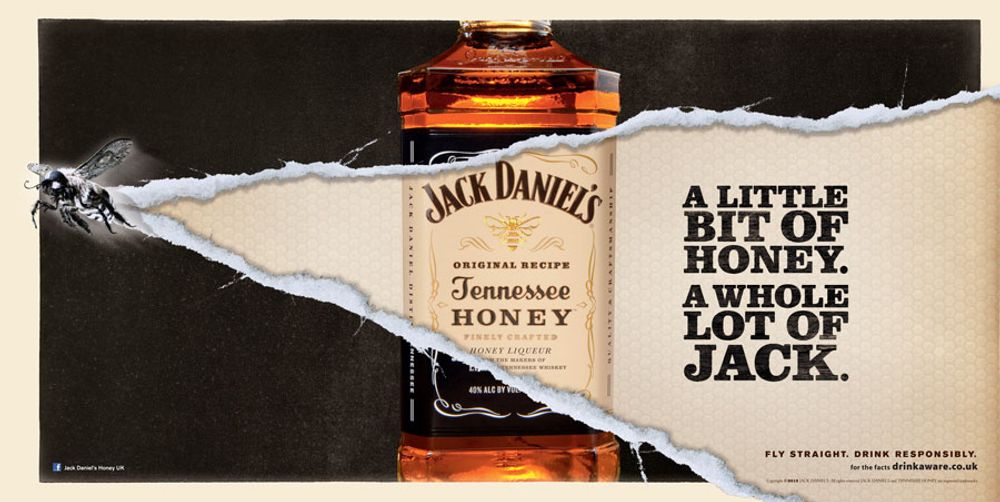
We’re going to have to pay more for our bourbon thanks to EU trading tariff hikes in response to the US’s increases on imported aluminium and steel
One of the biggest drinks sectors to be hit by the current round of trade tariffs has been American whiskey and bourbon. The EU’s decision to hit back at America’s tough trading stance by placing tariffs on EU-sourced aluminium (10%) and steel (25%) saw it introduce tariffs on $3bn worth of US goods, including a 25% tariff placed on all imports of US whiskey and bourbon. That, in turn, has seen the likes of Jack Daniels’ announce it is going to have to put up the price of Jack Daniel’s Tennessee Whiskey by at least 10% in the coming months to compensate.
Hard to plan
It hardly makes forward planning for an industry already beset with a host of long term problems any easier. Particularly as the spectre of Brexit and the ramifications of what happens when the UK finally leaves the European Union is now only months away.
For all the talk of improved trade deals for much of the world once the UK is free from its EU obligations nothing can be agreed or put in place until the UK is formally outside the EU. Business leaders are increasingly running out of patience and breaking ranks to publicly speak out against the lack of progress being made that leaves industry very much in limbo and unable to plan for the consequences.
The last weekend has shown how frustrating the situation has become. On Friday we had collective Cabinet agreement in the government about what its negotiating stance with the EU is going to be. Only for today to wake up to the news that the Brexit Secretary, David Davis, tasked with taking those terms to the negotiating table, has resigned as he does not believe with its Brexit policy.
Quite how long that “agreed” policy can now remain in place we’ll have to see but it essentially sets out the following:
- The UK will “maintain a common rulebook for all goods” with the EU, including agricultural products, after Brexit.
- This will include a treaty that means the UK will agree to ” harmonisation” with EU rules and therefore allowing for frictionless trade and avoiding a hard border in Northern Ireland.
- The UK government will be able to have its own “independent trade policy” and be able to set its own non-EU tariffs and to reach separate trade deals.
- There will be a new customs arrangement “phased in”, with the goal of “a combined customs territory”.
- The UK Parliament will then have the ability to “choose” to diverge from any EU rules it disagrees with.
- “Different arrangements” will be put in place for services “where it is in our interests to have regulatory flexibility”.
But there is still very much the possibility of a ‘No Deal’ Brexit where the UK would fall straight into WTO tariffs, no matter how much both sides of the negotiating table say they want to prevent that.
Whatever happens with the UK it will also be a time when the EU will be forced, willingly or not, into discussing trading terms it has with other countries around the world. With Australia and New Zealand already jostling for attention to address their trading terms.
Good tariffs
Now that’s not to say that changes in tariffs need to be bad news. Far from it. In fact the biggest success stories in the world of wine over the last five years have probably been as a result of favourable tariffs being introduced between key countries.
Most noticeably China and what impact it has had on the wine industries in China, Australia and Georgia by opening its doors to their wines, by bringing down import tariffs, step by step, to what are now effectively zero per cent for Chile and going that way for Australia in January 2019.
As a result Chile has gone from being a nice to have wine partner for a Chinese distributor, to a must have. China is now the number one export market for Chilean producers, for the second year running, and is now worth $254 million, up 30% on 2016 with last year seeing a 23.9% increase in cases of wine sold into China, up to 8.2m cases (Wines of Chile).
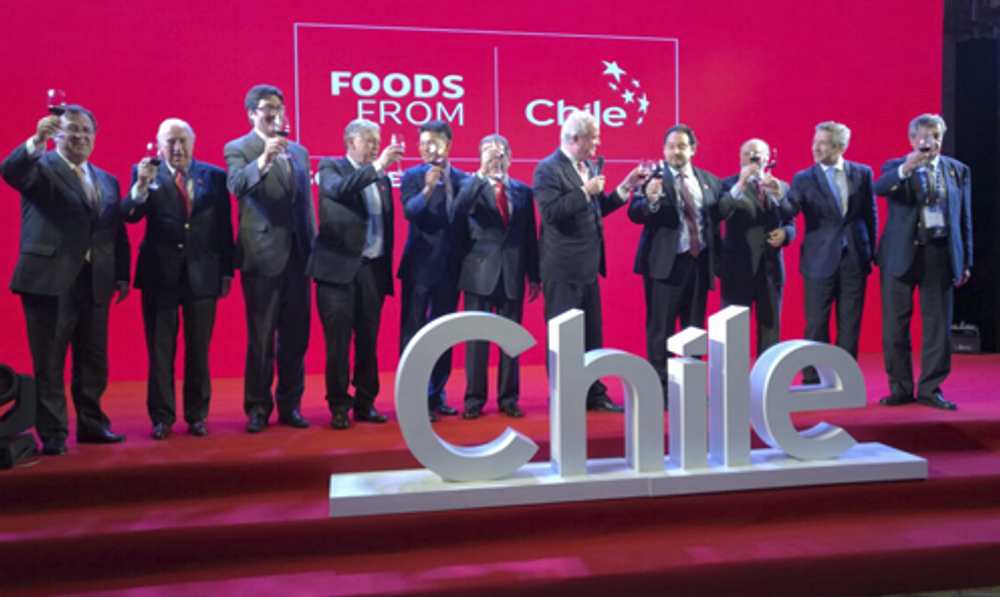
Initiatives like the Chile China week that sees a major trade delegation from Chile shows how important the free trade deal is to both countries
It’s a similar story with Australia which is following in Chile’s wake taking advantage of better tariff deals year by year and will reach 0% for its imported wine in January 2019. The volume and value of Australian bottled wine imports into China are up 50% overall and 33.3% in volume and 25.8% in value for bottled wine in 2016.
Georgian imports into China were also up 45% in both volume and value in 2017, albeit from a lower base, thanks to a free trade agreement signed in May 2017.
The US and China effect
Then there is the on-going trading soap opera that is going on between the US and China which the rest of the world needs to follow as it will have ramifications for us all. Whatever shortfalls there are between those super powers they will have to make up with trade tariffs in other less combative parts of the world.
But when you consider China has recently responded to US plans to levy a 25% tariff on Chinese imports worth US$50 billion with its own measures “of equal strength and scale” then it does not seem that issue is going away any time soon. The US wants to push back against what it sees as a disregard within China for intellectual property practices, while China, in turn, has accused the US of “unilateralism and trade protectionism”.
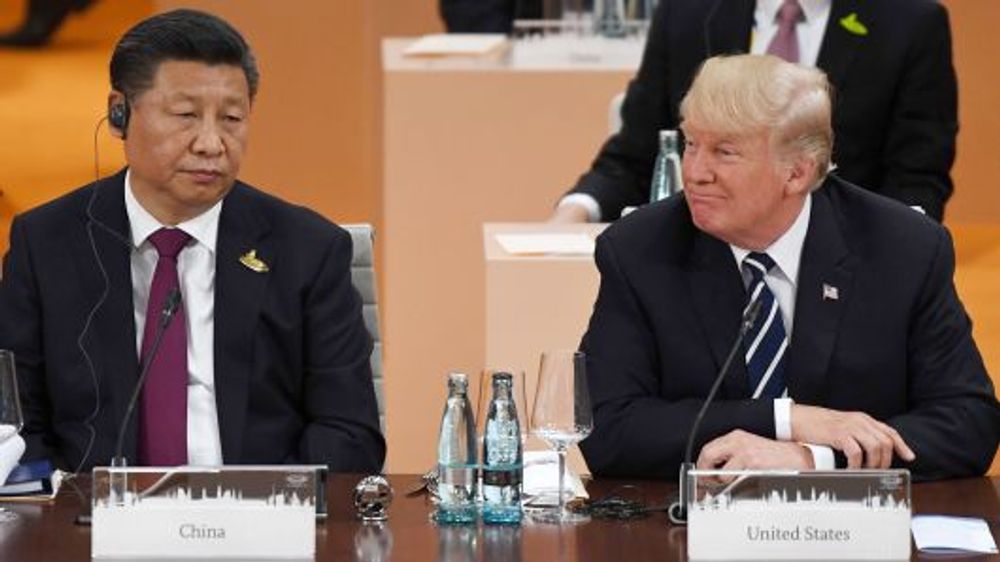
No smiles or handshakes when it comes to US/China trade relations
Which has thrown the US wine’s future in China into some doubt thanks to the increased trade tariffs introduced in April this year, that has seen a further 15% tariff introduced on top of the existing 14%, which effectively takes the total taxes up to closer to 70% when you factor in VAT. Until the US and China make any headway on their overall on-going trade disputes it’s hard to see US wine making any real further progress in what is such an important growing market. Nor Chinese wine in the US.
It’s a better situation, however, for global spirits imports into China, with the reduction of import tariffs down to 5% introduced at the end of last year.
The trouble, however, does not stop even if you have a zero per cent tariff agreement. Look at the rising tensions between China and Australia ever since their respective warships had a standoff in the South China sea. There are now regular reports coming out of the likes of Treasury Wine Estates and Pernod Ricard of their wines being held up at Chinese ports.
Winners and losers
Around the world there are countries that are winning and losing from major trade deals and it is shifting their priorities as a result. Five years ago, for example, any Chilean producer looking to make it big in exports would have to have a UK distributor, but with so much wine now to sell in China there is far less pressure for them to do so.
Equally far more Argentinian producers are interested in opening up new states in the US for distribution than they are always looking for more ground in the UK or Europe. It’s arguably the same for Australia and New Zealand who have both made clear how important the Asian and North American markets are for their short to medium term growth.
We are going to see markets come and go in priority based on whatever trade deal their respective economies have in place. We will see more tactical use of some markets as simply shop windows for what they can offer the rest of the world. Time and again wine producers from around the world will talk about the UK being a “great shop window” and being able to gain a few tactical listings in the likes of Majestic or Waitrose, or the right Michelin starred restaurants and what wonders they can do opening doors the other side of the world, particularly in Asia.
So if you are a buyer, distributor or drinks producer being on top of global trading tariffs and terms is going to be an increasingly more important part of your job.
It’s all enough to send you to sleep with nightmares, never mind stressful recurring dreams.
- This is a revised and extended of an article that was first published on VINEX.market, the global trading site for bulk and bottled wine.




























